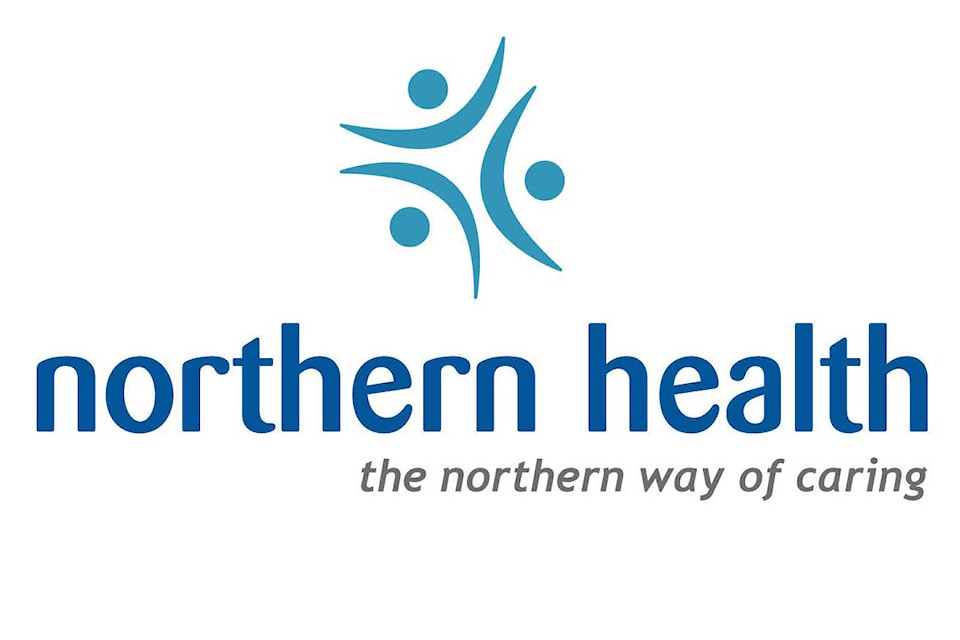Nutrition program at B.C. school aims to encourage students to have a healthy conversation around food.
Robyn Turner, dietitian with Northern Health in Vanderhoof, meets students at Nechako Valley Secondary School once a month to answer any questions they may have around food or eating habits. She said she will be at the high school next on May 9th or 16th at 1 pm.
Read our Q & A below.
What is your role as a dietitian at the high school?
I see people who have any food or nutrition related questions. That doesn’t have to be health related. I know kids are very curious about food and have various questions. The things you see on Facebook or on a TV show - I could give them clarifications on that. They could come to me, to shed some truth / science to them or show them that this is why it works or why it doesn’t. But giving science and evidence. So the reason I do this is to provide accessibility, so that students can come and ask me any questions.
Why do you think it’s important for students to learn about food in school?
Because at that point they can start to understand labels which helps draw awareness and they can make good food choices. I got connected with the grade 8 teacher at NVSS when I came to Vanderhoof three years ago, and since then, her and I have done the annual grade 8 nutrition day. We thought it was as appropriate age to educate them about reading food labels. We talked about general nutrition and we spoke about sugar mainly. Sugar and label reading were some concerns brought up by teachers. The students are still learning so it still applies. So you are bringing in a lot of subjects - math and science into a practical and everyday thing like eating.
We also teach students about a balanced plate and give them nutrition content examples between for instance say a KFC family meal versus perhaps a chicken potato vegetable meal. Bringing that information to students is a priority. We need to move from the ‘forbidden foods’ to a healthy conversation around what one watches on TV or social media and whether it’s actually good for you or not.
What should our food choices be?
Even based on the new food guide - all food fits. There are foods that give us more nutrition in comparison to others but in a day — all foods fit. So there are fruits and vegetables, good protein whether it be meat or plant based and wholegrain that we should eat more. Then there is the food that has more fat, sugar, salt - we just need to be mindful of how much we are having because it may harm us if we have too much. Just like everything we have too much of there is potential harm. So once a while, going down and having a burger, having a slice of cake at someone’s party and some chips is okay. But recognizing that it’s treats we are having once in a while and not everyday. So your body is getting the nutrition it needs to grow and to be strong and to play sports, be active - to be able to last the whole day.
READ MORE: New food guide addresses ‘elephant’ in the room – alcohol
What do you think about the new food guide?
Well, there is always going to be room to make a change, but it is definitely made a step forward from the previous one. The previous food guide was falling into the trap of forbidden and good foods mind set and it even made people be very careful about the amounts and portions of fruits and vegetables or dairy products or grains - to be had in a day. They were very fixated about those numbers which in some cases we actually end up ignoring how we are feeling - so we eat more than we want. That’s where this food guide is more about the balanced plate - having quarter of a plate of good protein - whether it’s plant based or animal based. And then the other quarter of your plate having whole grain so showcasing they are still there and that half plate of fruits and vegetables. And it’s hard to decipher but they are encouraging and showing that frozen fruits and vegetables are also just as healthy as fresh.
We will be educating children about the new food guide too.
READ MORE: New Canada Food Guide nixes portion sizes, promotes plant-based proteins
READ MORE: B.C. dairy farmers say milk cup is half full in new Canada Food Guide
What is the support you wish to provide to schools?
Currently I only go to NVSS. However, if there are other teachers in elementary schools who would like me to come in — I wouldn’t mind that. I know this topic is important so would like schools to get in touch if there is any support I can provide to the students or teachers. I think it is very important to showcase the message of being mindful and enjoying meals with others as well. Cooking more often and if for some people — cooking more often means cooking more than one meal a week or two, or having a meal with a friend — if that’s your step, it is still a great step forward. It’s necessary to take away the stress that you need to eat ‘x’ amount of food.
So even if it is 5 minute question, I would happily provide information. Or if there is a class project that maybe needs clarification or support, happy to do that too. I would like to be the resource for teachers if they need one.
Aman Parhar
Editor, Vanderhoof Omineca Express
aman.parhar@ominecaexpress.com
Like us on Facebook and follow us on Twitter
